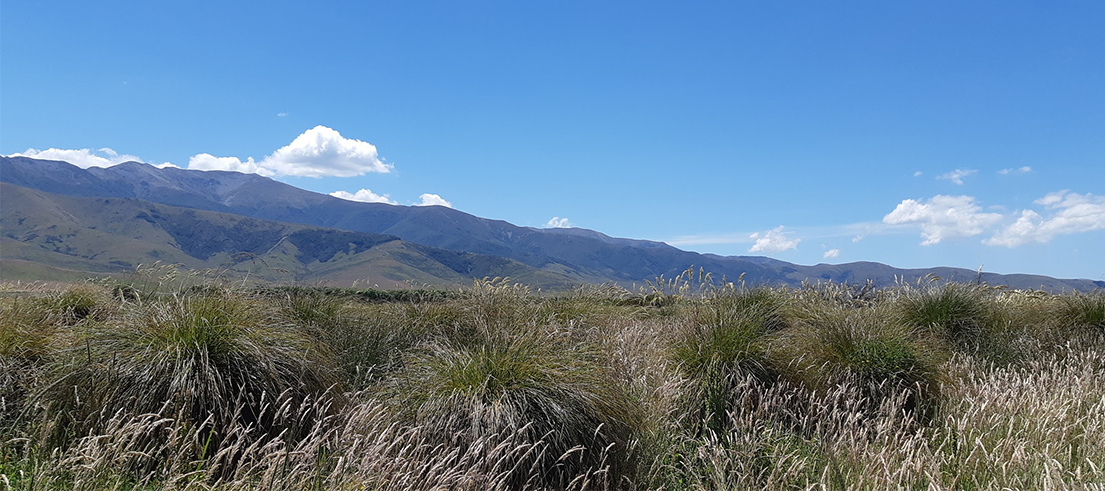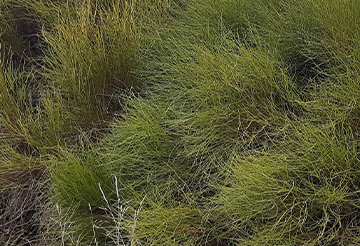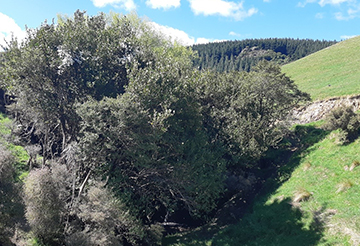
Waimakariri wetlands to be protected
With World Wetlands Day upon us, the Waimakariri Water Zone Committee has recommended biodiversity funding for two significant wetland-related projects in the district.
The Richon wetland project in Lees Valley is supported by the QEⅡ National Trust. It is one of the best wetlands in the valley.
The Sladdens Bush project near Oxford will see fencing and woody weed control to protect and restore a gully stream and a small “seepage” wetland.
 Richon wetland - Protecting native species
Richon wetland - Protecting native species
Richon wetland consists of almost a hectare of swamp wetland and is home to several native species including Canterbury Pink Broom (Threatened: Nationally Critical) and New Zealand Pipit (At Risk: Declining).
The project aims to protect and restore the wetland’s indigenous flora and fauna by excluding farmed livestock and feral deer.
The water zone committee supported allocation of $14,800 of Immediate Steps funding to the total project cost of $22,200, some of which will be met by Environment Canterbury’s Wetland Action Fund.
 Sladdens Bush - Restoring riparian broadleaf forest
Sladdens Bush - Restoring riparian broadleaf forest
The Sladdens Bush road fencing and weed control project will see the restoration of a riparian broadleaf forest. The landowner, David Martin, says he wants to look after the indigenous vegetation and waterways on his property.
The zone committee supported the recommendation for $14,700 to go towards this project’s total cost of $20,300. The “seepage” wetland at this site is occasionally found in Waimakariri District, on a slope with an active steady flow of groundwater or sometimes surface water.
Focusing on wetland protection
Waimakariri Water Zone Committee Chair Michael Blackwell said he was delighted that the committee had decided to support these two projects.
“Wetland protection in our district is high priority for the committee and for me personally,” he said. “These particular projects attracted high ecological scores so are very worthy of our support.
“I encourage members of the community to work with us to identify and help protect more wetlands in this area – they are excellent contributors to water quality and ecosystem health.”
Further information
- Find out more about World Wetlands Day
- Find out more about the Waimakariri Water Zone
